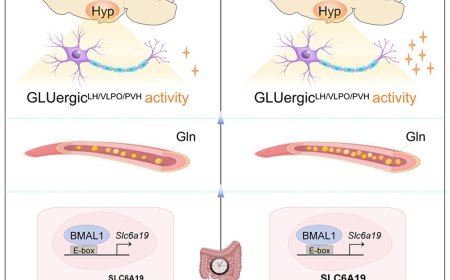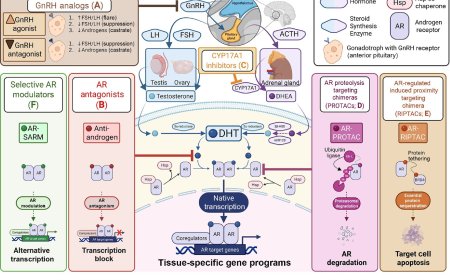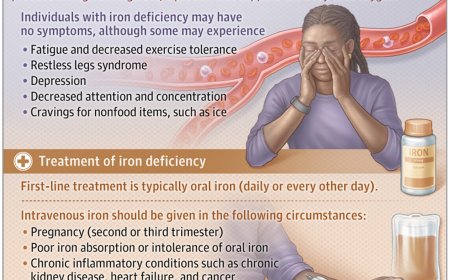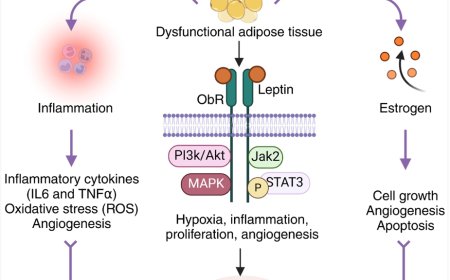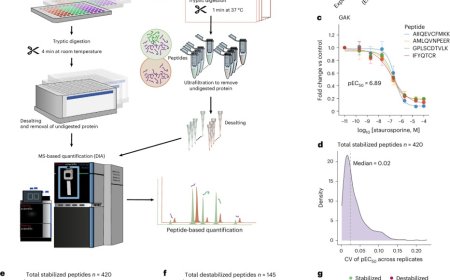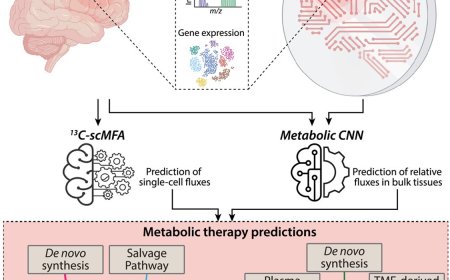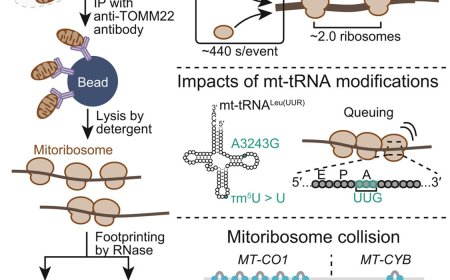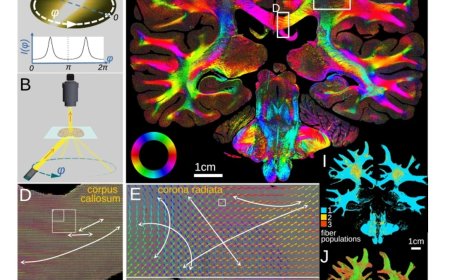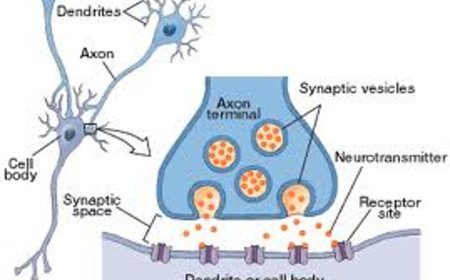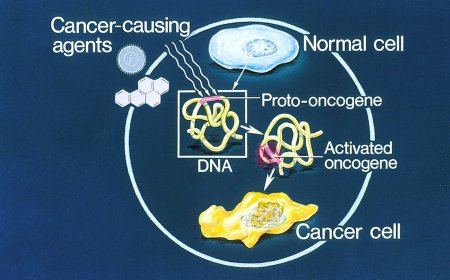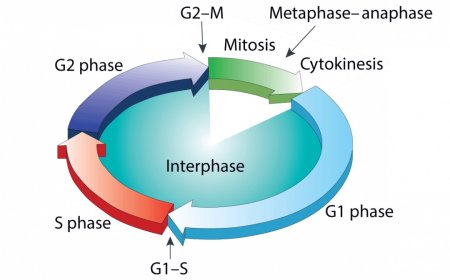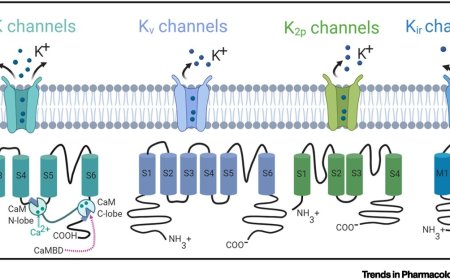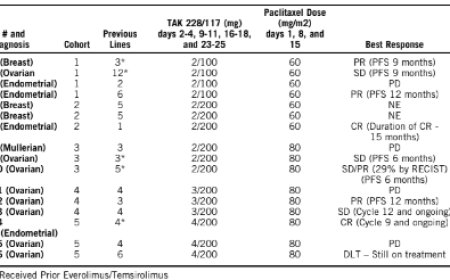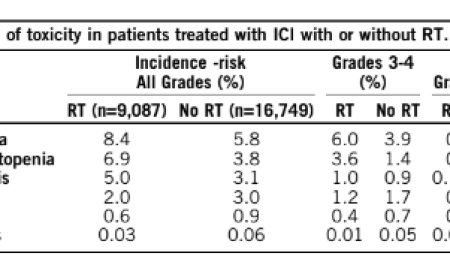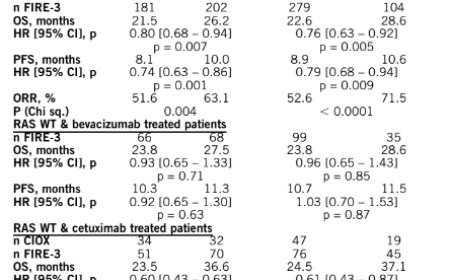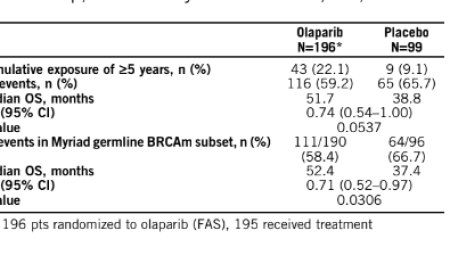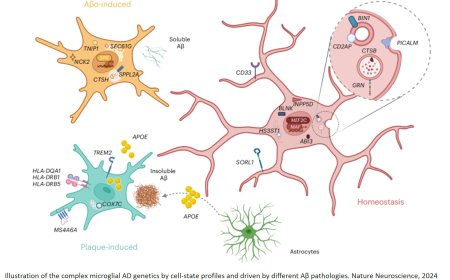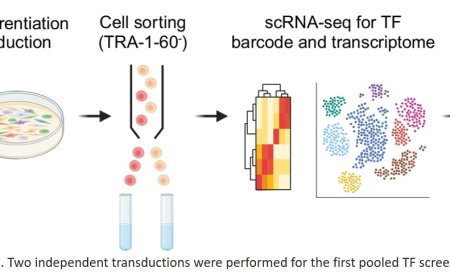Serine deprivation switches hair follicle stem cells into skin healers during injury
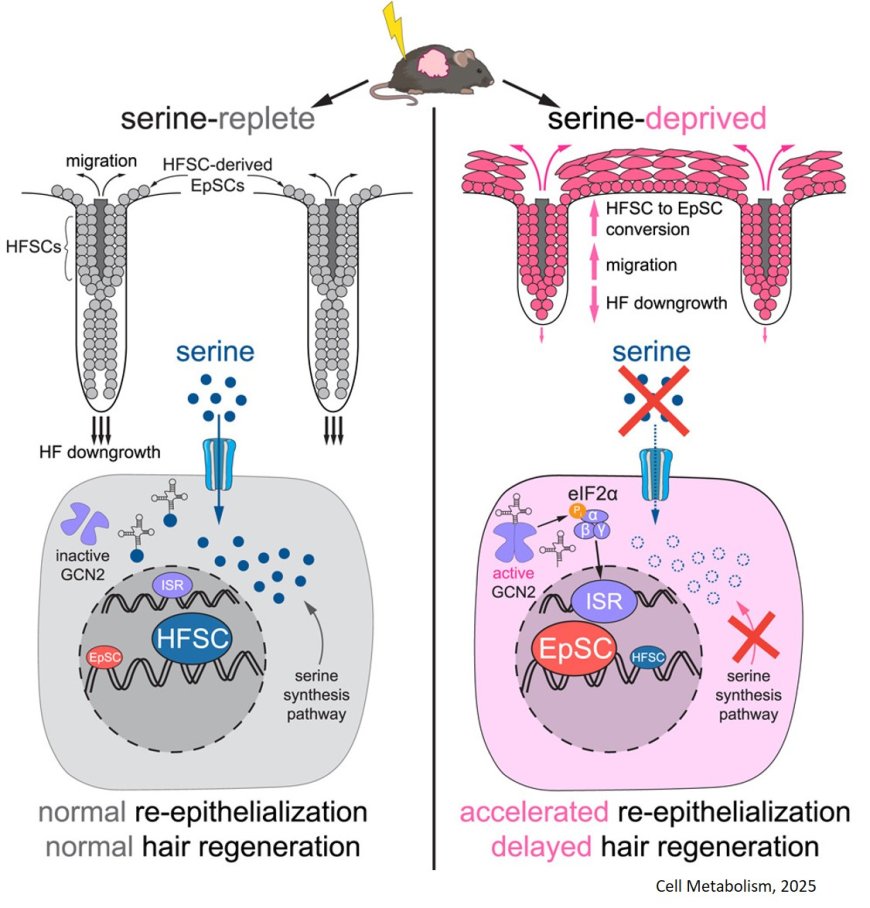
The skin has two types of adult stem cells: epidermal and hair follicle. Their jobs seem pretty well-defined: maintain the skin, or maintain hair growth. But as research has shown, hair follicle stem cells (HFSCs) can switch teams, pitching in to heal the skin when it receives an injury. How do these cells know it’s time to pivot?
The lab behind those original findings has now identified a key signal telling HFSCs when to drop the hair cycle and pick up the skin repair: an integrated stress response (ISR) that directs stem cells to conserve energy for essential tasks.
In the skin, nutrient deficits are sensed by a non-essential amino acid known as serine that’s found in common foods such as meat, grains, and milk. As they demonstrate in a recent study in Cell Metabolism, when serine levels drop, the ISR is activated, causing HFSCs to slow hair production. If the skin is injured on top of nutrient deficits, the ISR is elevated even more, halting hair production and funneling efforts towards skin repair. This reprioritization accelerates the healing process.
“Serine deprivation triggers a highly sensitive cellular ‘dial’ that fine tunes the cell’s fate—towards skin and away from hair,” says the first author. “Our findings suggest that we might be able to speed up the healing of skin wounds by manipulating serine levels through diet or medications.”
“Most skin wounds that we get are from abrasions, which destroy the upper part of the skin. That area is home to a pool of stem cells that normally takes charge in wound repair. But when these cells are destroyed, it forces hair follicle stem cells to take the lead in repair,” the author says. “Knowing that, we thought that tracking these skin cells through wound healing presented a very good model for testing if and how metabolites are regulating this process overall.”
Previous findings from the Fuchs lab indicated that pre-cancerous skin stem cells become addicted to serine circulating in the body, and that these cells can be prevented from turning fully cancerous by restricting serine in the diet. These findings demonstrated that the metabolite is a key regulator of tumor formation and inspired trials to implement serine-free diets as cancer treatments. But no one understood how dietary serine deprivation would affect normal tissue functioning. So the authors focused on this amino acid for his studies.
The team subjected the hair follicle stem cells to a series of metabolic stress tests by either depriving them of serine in their diet or using genetic tricks in mice to selectively prevent hair follicle stem cells from making serine. They found that serine is in direct and constant communication with the ISR, a trigger activated when tissue conditions go off balance. When the serine tank is low, HFSCs tune down hair growth, which requires substantial energy.
Turning to another stress challenge, the team then focused on wound repair. They discovered that the ISR also activates in HFSCs after injury. Moreover, when mice experience both serine deficiency and injury, the pendulum swings even further, suppressing hair regeneration and favoring wound repair. In this way, the ISR measures overall tissue stress levels and prioritizes regenerative tasks accordingly.
“No one likes to lose hair, but when it comes down to survival in stressful times, repairing the epidermis takes precedence,” says the senior author. “A missing patch of hair isn’t a threat to an animal, but an unhealed wound is.”
It was clear that low levels of serine had a significant impact on stem cell fate and behavior. But what about the opposite? Could a large dose of serine supercharge hair growth, for example?
Unfortunately for anyone who suffers from hair loss, it turns out that the body tightly regulates the amount of serine in circulation. When the authors fed mice six times the amount of serine than normal, their serine levels only rose 50%.
“However, we did see that if we prevented a stem cell from making its own serine and replenished its losses through a high-serine diet, we were able to partially rescue hair regeneration,” the author adds.
Next on the horizon is exploring the potential to speed up wound healing through reducing dietary serine or via medications that affect serine levels or ISR activity. The team also wants to test other amino acids to find out whether serine is unique in its influence. “Overall, the ability of stem cells to make cell fate decisions based upon the levels of stress they experience is likely to have broad implications for how tissues optimize their regenerative capacities in times where resources are scarce,” says the senior author.
https://www.cell.com/cell-metabolism/fulltext/S1550-4131(25)00266-9
